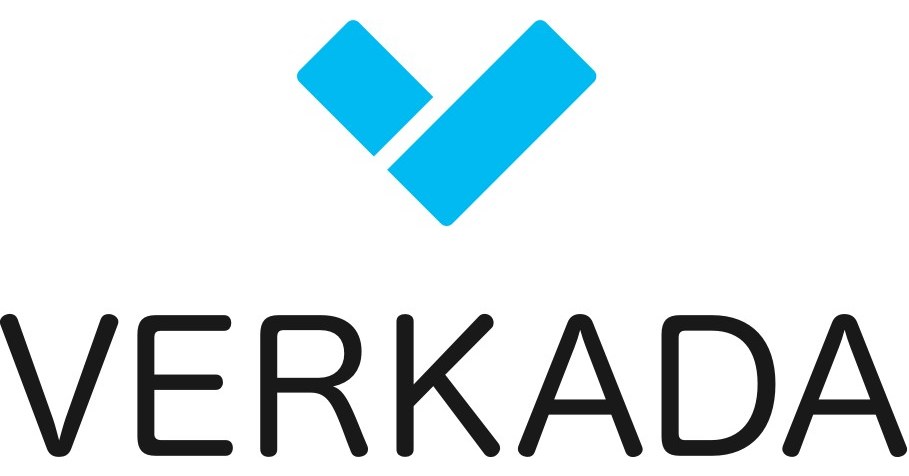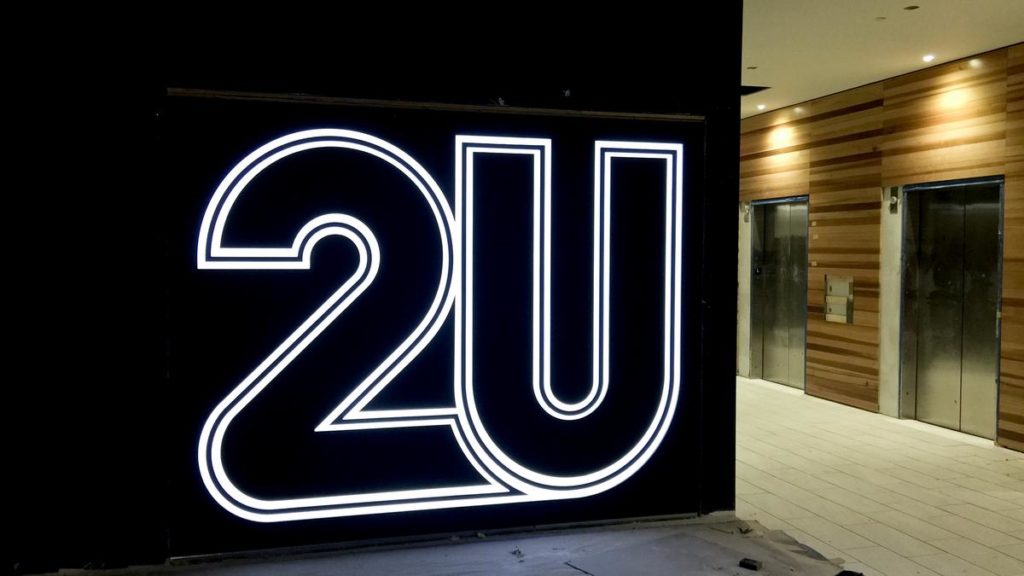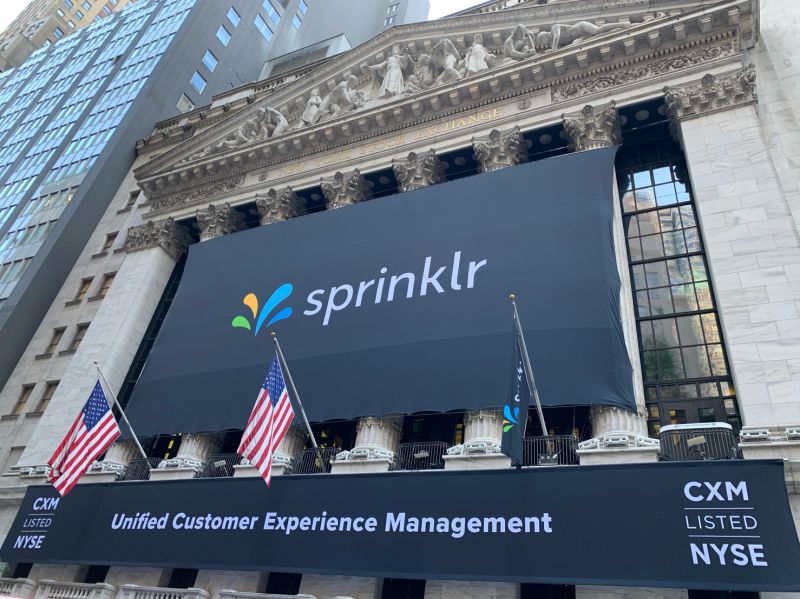Virtusa, a company founded by a group of graduated engineer friends.
Founded in 1996 in Sri Lanka, Virtusa is an Information Technology company that mainly provides IT consulting and outsourcing services. Their main clients are software vendors and large enterprises. Virtusa is an American company and its headquarters are based in Massachusetts, United States. Kris Canekeratne, Tushara Canekeratne, John Gillis, and Sandy Gillis are the founders of the company. Virtusa offers services worldwide and has offices in several countries including India, Sri Lanka, the UK, Germany, Australia, Malaysia, UAE, Qatar, etc. The maximum number of offices of Virtusa is in US and India.
About Virtusa
When Virtusa was founded back in 1996, Kris Canekeratne became the CEO of the company whose valuation today has crossed billions. He took the company public in 2007 but currently it is listed as a private company as it was recently acquired by Baring Private Equity Asia for $2 billion. The company currently has more than 30,000 employees and some of its biggest competitors in the IT sector are Wipro, TCS, Infosys, and Cognizant. All these companies have a very strong market in India along with Virtusa and that raises the competition even more. The company is also known for its community support program that focuses mainly on education. In all these years, Company has established partnerships with many famous companies like Adobe, Azure, Google Cloud, PEGA, etc.

Founding History of Company
The co-founders of Virtusa belonged to a common friends circle and they were all graduated engineers when came up with an idea to found Virtusa. They thought that the IT sector was ready for a radical transformation as the primitive methods and the way IT systems operated were becoming inefficient. So, they decided to come up with something to move the entire system off-premise, i.e., online models. Initially, they invested from their pockets, and after several maxed-out credit cards, they founded Virtusa.
The main goal behind the company was to help big enterprises with their IT legacy systems by adding some real value to them and not just reducing cost. Kris Canekeratne said that while their competitors were invested in cost arbitrage (providing the same services from lower-cost geographies), Virtusa emphasized engineering arbitrage (providing companies with all the sustainable benefits of software engineering and cost reduction as a part of it). The initial days were undoubtedly challenging because Virtusa approached the clients with a new perspective and it took time to educate the market on the business value they are offering.
Recent Events
Virtusa started making good profits and expanded rapidly after the early years and the post-dot-com bubble burst. In 2009, Virtusa made a very big acquisition for $7.3 million as it bought Insource, a technology consulting company focused on the insurance and healthcare sector. In 2010, the company acquired ConVista Consulting, LLC, a very influential company in the finance sector followed by acquiring another financial service consulting firm, Alas Consulting, LLC. Virtusa acquired OSB Consulting LLC in 2013, a company that specialized in financial services and insurance domains. Some of the other companies that Virtusa acquired in recent years are TradeTech Consulting, eTouch Systems Corp, and Apparatus, Inc. In 2015, Company also acquired a 53% stake in Polaris Consulting & Services Limited, India and the deal was closed for $270 million.
Santosh Thomas – CEO of Virtusa
Santosh Thomas became the CEO of Virtusa in 2021 as Kris Canekeratne stepped away. Thomas has very rich experience in managing large enterprises and also helping them grow and expand from the early stages. Thomas has been around for several years and has witnessed how to lay down strategies so that a company can survive during market transformation. Before joining the company, Thomas was a part of Cognizant’s Executive Committee. Thomas was born and raised in India and holds a degree in marketing and finance.

Annasha Dey is an NIT student, who apart from studying engineering is also a content writer. She has a great interest in photography, writing, reading novels, and travelling as well. She is a foodie who loves socializing and hanging out with her friends. She is also a trained Kathak dancer and a big fashion enthusiast. Dey also loves watching TV series, which includes F.R.I.E.N.D.S. and Big Bang Theory. To be a better writer she prefers to read more




